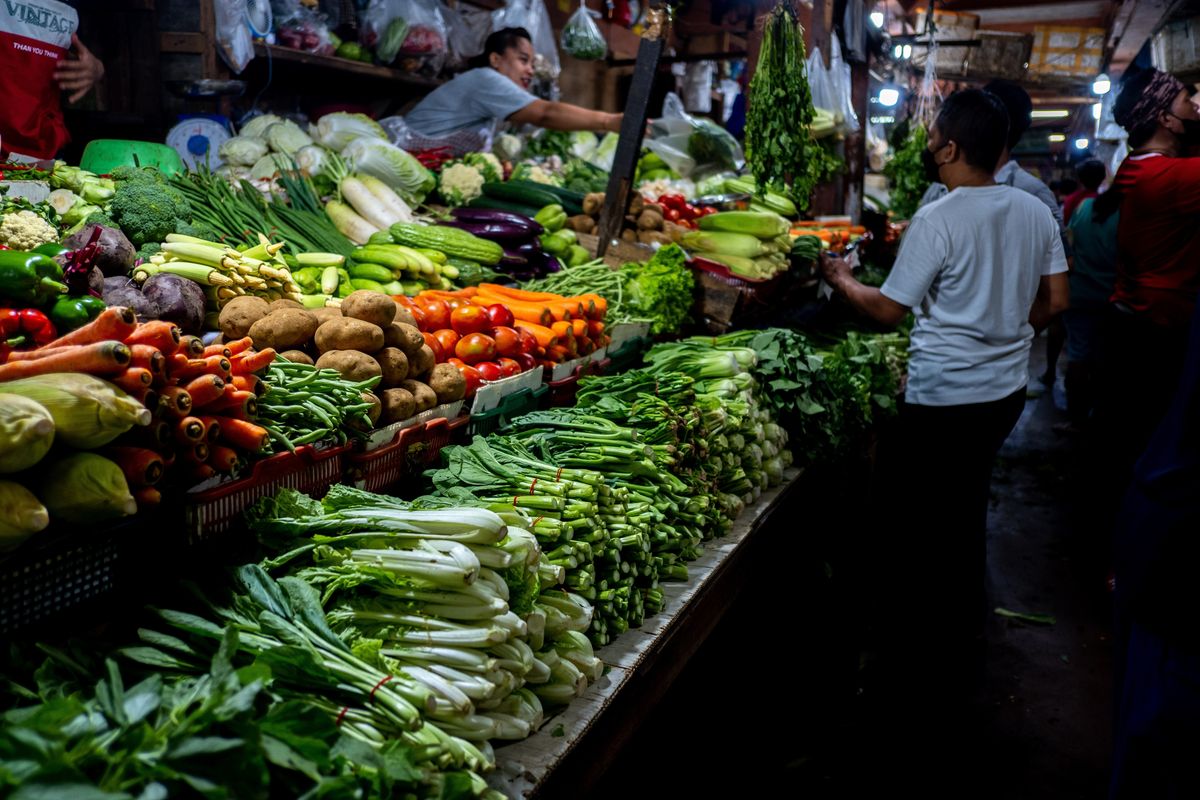Pakistan’s inflation fell 0.59% in first week of November
The decline was due to reduction in the price of food items
Business Desk
The Business Desk tracks economic trends, market movements, and business developments, offering analysis of both local and global financial news.

On a weekly basis, the price of 12 items decreased while 18 recorded an increase
Pakistan’s inflation fell by 0.59% in the first week of November as compared to the previous week, mainly on the back of declining food prices, according to official data.
According to data released by the Pakistan Bureau of Statistics (PBS), the Sensitive Price Index (SPI) – which tracks the movement of prices of food and other daily use items on a weekly basis – went up 4.18% compared to the same period last year.
Last week, the index increased 0.12%.
On a weekly basis, of the 51 items tracked in the index, prices of 18 increased, 12 decreased, and 21 remained stable.
The biggest fall was recorded in the prices of tomatoes (37.93%), followed by onions (4.88%), garlic (3.23%), gram pulse (1.58%), chicken (0.68%), and sugar (0.64%).
Year on year, the prices of ladies sandals increased by 55.62%, followed by sugar (43.67%), gas (29.85%), wheat flour (19.50%), gur (18.88%), firewood (14.25%), and beef (14.09%).
SPI is computed every week to assess the price movement of essential commodities. It comprises 51 essential items collected from 50 markets in 17 cities of the country.
Pakistan’s inflation rate rose to nearly 6.2% in October, surpassing market expectations of 5.5% to 5.8% and marking a one-year high, driven primarily by higher prices of perishable food items following recent floods.
Inflation projection
The World Bank has warned that flood-related shocks to food supply could push inflation higher than earlier projections, peaking at 7.2% in FY26 before easing to 6.8% in FY27 as food supply constraints resolve, global commodity and energy prices decline, and the exchange rate remains market-determined.
The floods are expected to disproportionately impact poor and vulnerable rural households that have lost agricultural assets and have limited savings or coping mechanisms. These pressures are compounded by rising food inflation and the instability of informal, low-skill employment in the industry and services sectors.
Despite the recent uptick, headline inflation had dropped sharply to 4.5% year over year in FY25 from 23.4% in FY24—its lowest level since FY18. The decline was attributed to lower electricity tariffs, adequate food supplies, favorable base effects, easing global commodity prices, and a market-determined exchange rate.
On the demand side, fiscal consolidation helped contain domestic demand pressures, reinforcing the disinflationary trend through FY25.










Comments
See what people are discussing